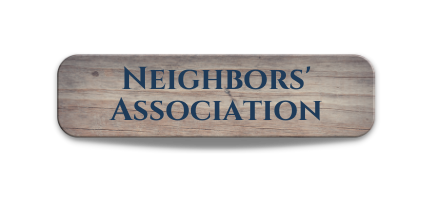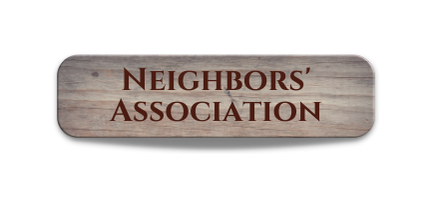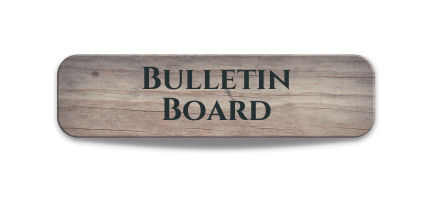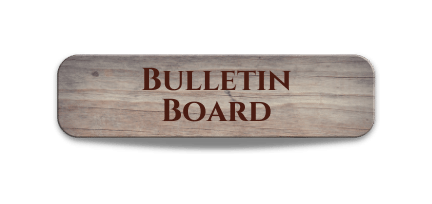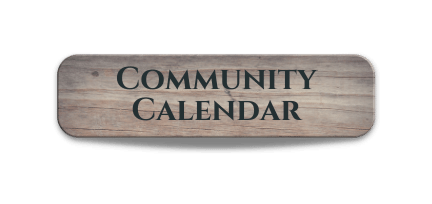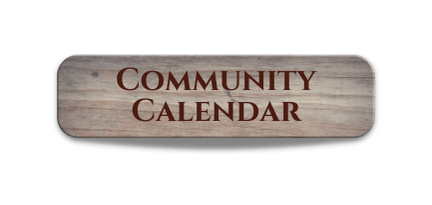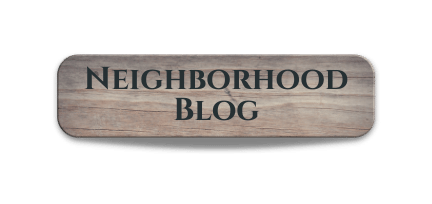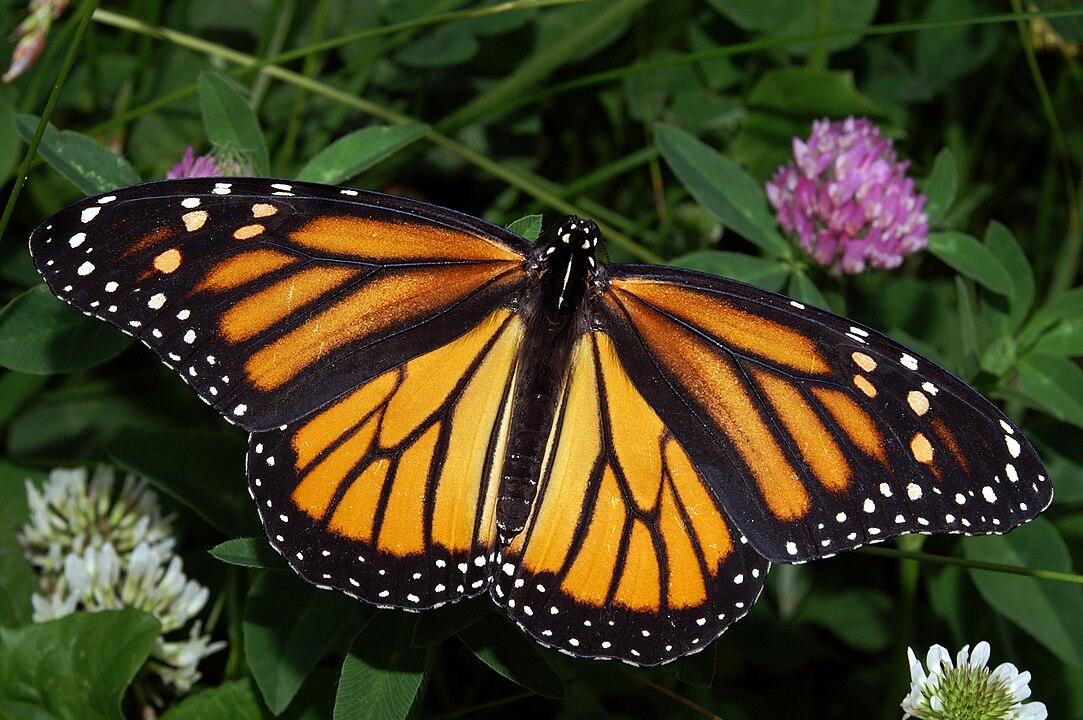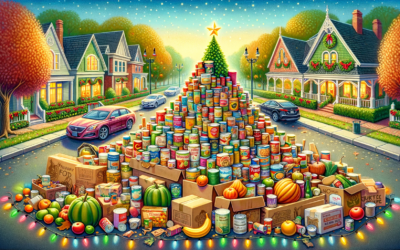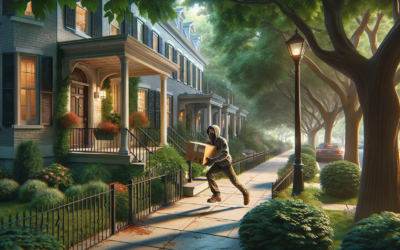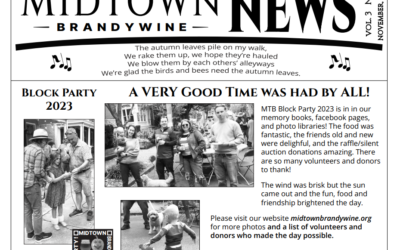Midtown Brandywine News’ Simon Cousins recently caught up on our local Greenscape Committee’s work in our neighborhood. We spoke with Jessica Reed, long-term neighbor and chair of the committee.
MBN: Firstly, Jes, congratulations on your recent appointment as our new Vice President of the Midtown Brandywine Neighbors Association! And thank you for stepping up again as chair of the neighborhood’s Greenscape Committee. Can you share how long you’ve been actively involved with the Association?
Jessica Reed: Thank you, Simon. I believe I joined the association around 2001 or 2002, so I’ve been involved for nearly two decades now. My participation has varied over the years. Like many neighbors, I find myself immersing in a project for a while, maybe for five years or so, and then feeling the need to step back. It’s been a cycle of engagement and respite for me.
MBN: While I’d love to dive into your past projects and the history of your involvement in the neighborhood, today I’d like to focus on the initiative you’re currently spearheading with the Greenscape Committee. This is the initiative I’ve heard you refer to as “Bugs, Birds, and Branches”. Could you tell us more about this?
Jessica Reed: Yes, of course. The “Bugs, Birds and Branches” initiative, in a way, encapsulates two major aspects we’re focusing on. The Greenscape Committee, which I’ve been a part of since the early 2000s, has often been involved in large, capital-intensive projects such as the brick sidewalks and major tree planting. With a million dollars now committed to these tasks, these projects are moving forward, somewhat out of our hands as they enter their next stages.
However, we’ve often been asked by our neighbors about other areas of concern, primarily related to the local flora. We’ve often had to explain that while we care deeply about the local vegetation, our primary focus had been on projects like the sidewalks. My husband and I have a personal interest in native plants, being members of Mount Cuba and having converted our own garden to native species.
When I met Jason Hoover and learned of his eagerness to engage in community work, I found we had a shared interest in building a program around this idea. Jason brought a lot of innovative ideas, including our Monarch Butterfly project. I was more focused on the plants, but Jason’s suggestion of highlighting the Monarchs was genius – we could draw attention to our native plants by showcasing this emblematic species, just as the Polar Bear represents all endangered animals.
The truth is, each native plant supports a multitude of native insects and birds, creating a complex, interdependent ecosystem. But understanding this intricate web can be overwhelming. Jason’s approach simplifies this concept – helping people see that the plants we cultivate impact our local environment. The Monarch butterfly and the Milkweed – which serves as the sole food source for the Monarch larvae – exemplify this relationship.
I’ve also been involved in birding, having participated in the Peregrine Falcon project. I believe we can show how much our birds rely on the food sources in our neighborhood. We’re still trying to identify a bird species that could become the face of this part of the initiative, to engage people’s interest just like the Monarch butterfly. We haven’t figured out the right bird yet, but it’s something we’re working on.
MBN: So, if I’m understanding you correctly, rather than it being about one passionate individual focusing on monarch butterflies, for example, it’s about fostering a healthy overall ecosystem. By focusing on one particular bug or bird or bush, the aim is to make a significant positive impact on the entire ecosystem of Midtown Brandywine with minimum effort. Is that right?
Jessica Reed: Yes, exactly. Our focus is on the future of our ecosystem and the various ways our choices can impact it. For instance, my husband and I have a plant called a Pipe Vine, a native species, which is the sole food source for certain butterflies, like the beautiful Pipevine Swallowtail.
I had a moment of clarity about this during a recent kayaking trip. As a city resident working to grow native plants, you might assume that our surrounding rural areas of Delaware and Pennsylvania are teeming with native species, making it less important what you choose to grow in your city garden. But during a drive through the farmlands of Lancaster County, I realized that these rural areas are dedicated to agriculture, with little to no native plants in sight.
This revelation dismisses the notion that “someone else” will save our ecosystems. Many urban plots are small, but it doesn’t mean our choices are insignificant. Whether you want a fire pit, exotic plants, or anything else, it’s your choice and no one should feel guilty about it. But my realization led me to make different choices and my husband and I have seen a significant increase in birds and butterflies around our home as a result.
MBN: I have experienced something similar. I planted wildflowers, for the first time, in both my front and back garden last spring, and the number of pollinators that have chosen to make it their summer home is really impressive.
Jessica Reed: Right, and it brings up an important point – there is no “out there” anymore when it comes to wilderness. If you go searching for untouched nature, you will find that it’s not there in the way you might expect. We’re trying to support our local ecosystem, because capitalism doesn’t naturally incentivize the protection of these plants, bugs, and birds that are integral to our ecosystem.
MBN: If I understand correctly, the current “bug” project involves planting milkweed, monitoring for monarch butterfly eggs, and then nurturing these eggs to ensure they hatch successfully. This seems like a wonderful opportunity for local volunteers to get involved. Can you provide more details on the practical aspects of this project?
Jessica Reed: Jason, who has experience running monarch programs, has been at the helm of this initiative. He’s previously collected milkweed seeds, which he distributes to interested participants. These seeds need a period of chilling, akin to winter, before they germinate, hence the refrigeration. These are then planted and sprouted, and we are now seeing the results of milkweed planted two years ago.
When a monarch egg is identified, the leaf it’s on is clipped and the egg is brought indoors. The survival rate for the eggs significantly improves indoors – up to 90% compared to a 90% mortality rate if left outside. This process greatly enhances the survival odds for these beautiful butterflies.
Volunteers then take responsibility for the hatched caterpillar, ensuring it has a steady supply of milkweed leaves for consumption as it grows and goes through various stages of metamorphosis, eventually turning into a chrysalis, and then a butterfly.
A release event will be held once the butterflies are ready, not all on the same day but as they emerge. This will be a celebration of our efforts and the success of the project. Jason also helps volunteers to ensure what they’re finding are indeed monarch eggs, not aphids or other bugs.
Currently, we have 10 neighbors raising caterpillar eggs, thanks to kits funded by the Midtown Brandywine Neighbors’ Association. Jason continues to find eggs and we have more volunteers ready to take on additional ones.
Interestingly, monarchs have a multi-generational migratory pattern. It takes them three generations to reach us, with each stopping along the way to lay eggs and metamorphose into caterpillars, then butterflies. The third generation, which we host, makes their journey north, and it’s the 4th generation that turns around and will fly back to Mexico, overwinter, and then make the first leg of the northward trip next year. Such an interesting lifecycle, don’t you think?
MBN: Okay, lets talk about the birds! There were plans to construct purple martin-friendly houses near the Old Church. Is that correct?
Jessica Reed: Yes, our initial plan was to support purple martins, which was the first step in our bird project. We consulted with an expert, and unfortunately, they advised against it. Despite this setback, I believe there’s potential in this project and the expert suggested we could conduct a small trial. I spent time this morning revisiting our overarching goal, which is to raise neighborhood awareness about native ecosystems and how our gardening decisions impact local fauna.
Our work as a Neighbors’ Association often involves dealing with potential negative issues in our neighborhood, such as questionable property development or dog poop. We face many negative challenges, but our Greenscape work aims to generate positive impact.
We’re striving to raise visibility of our work on local flora and fauna to promote positive interactions among neighbors. It’s about making our community more enjoyable and beautiful. I was attracted to the purple martin project because of the communal effort it requires. However, we might lack the right ecosystem, primarily due to house sparrows. They can be quite problematic as they tend to live near homes and pose a threat to purple martins.
So now, we’re reevaluating our bird projects. Perhaps we could consider a project around hummingbird feeders or encouraging plants that naturally attract hummingbirds, eliminating the need for feeders. Despite the setback with the purple martin project, we’re still keen on pursuing initiatives that support our local ecosystem. Another appealing aspect of purple martins was their mosquito-eating habit, something bats also do. Some neighbors have suggested launching a bat project, which could be a good alternative.
MBN: Could you explain the final alliterative aspect of Greenscape’s current work, focusing on the branches?
Jessica Reed: Sure, the first step involves identifying parts of the neighborhood where we could introduce native plants. There are unplanted tree pits, our Pocket Park, and even private gardens if residents are interested in contributing. There’s also the natural strip between Freire Charter School and the parkland surrounding the Little Church.
There’s potential for collaboration with the students from Freire, further boosting neighborhood positivity and our board’s visibility. Currently, this area lacks beneficial plants, presenting an opportunity for positive change.
The Pocket Park, though not managed by our board, is maintained by a small group including Sandra Connor, Kathy Kunkle, and Nancy Cooper. They could perhaps use more support from us. Furthermore, throughout the neighborhood, there are tree pits and sidewalk planting areas, some cared for by residents, others neglected.
We’ve been approached by neighbors who feel overwhelmed with their backyards and would appreciate our help. This could be a wonderful community activity, giving us the opportunity to plant more native species and enhance our visibility. However, cost becomes an issue with so many potential planting areas.
One idea is to use a corner of the Pocket Park as a nursery, growing native plants that we can then introduce into people’s backyards. We’re also considering grants and partnerships with the Delaware Center for Horticulture.
Even though we have expertise on board, there are people who don’t want to join the committee but are eager to contribute. This initiative presents a softer way to improve the board’s reputation and showcase our positive efforts. We’re considering additional events, perhaps inviting a master gardener for a talk, and providing more gardening support overall.
MBN: As a new gardener, I sometimes struggle with identifying plants and weeds in my patch. I could buy a regional book, but it won’t be specific to our neighborhood.
Jessica Reed: That’s a good point. There are beneficial plants, neutral ones, and invasive ones like English Ivy. Part of our communication strategy includes discussing what to plant and what not to plant. For example, black-eyed Susans are beneficial to various birds and insects, while English Ivy harms trees.
To combat invasive plants, we’re planning a “Free the Tree” day where we go around with clippers, liberating trees from invasive plants. We’re also considering community events to tackle harmful plants like Japanese Knotweed. It’s all about creating a positive and supportive environment where we can work together.
MBN: Thank you so much for updating us on Greenscape’s work, Jes! People who want to get involved can contact you using the “contact us” page on the midtownbrandywine.org website.
This article appeared in Midtown Brandywine News, August 2023.
Thank you to Union Press Printing for their kind partial-sponsorship of print costs for the August edition. We encourage neighbors to consider Union Press, a local family-owned business since 1935, for their printing needs. Contact Union Press at 302-652-0496 or [email protected]
